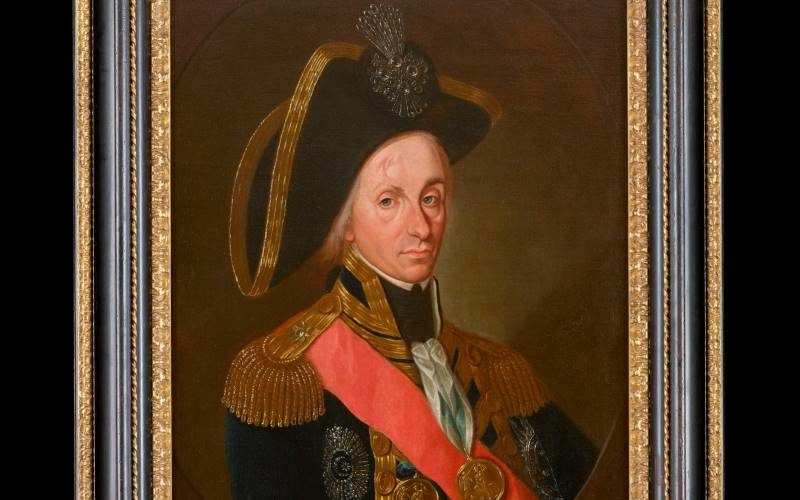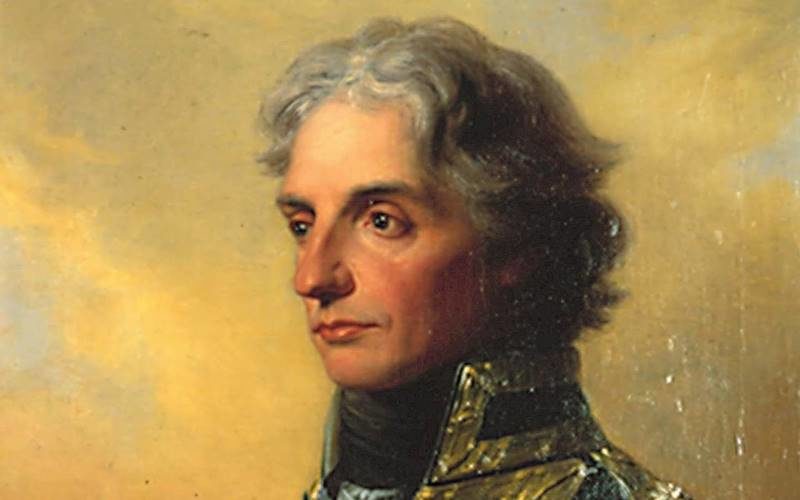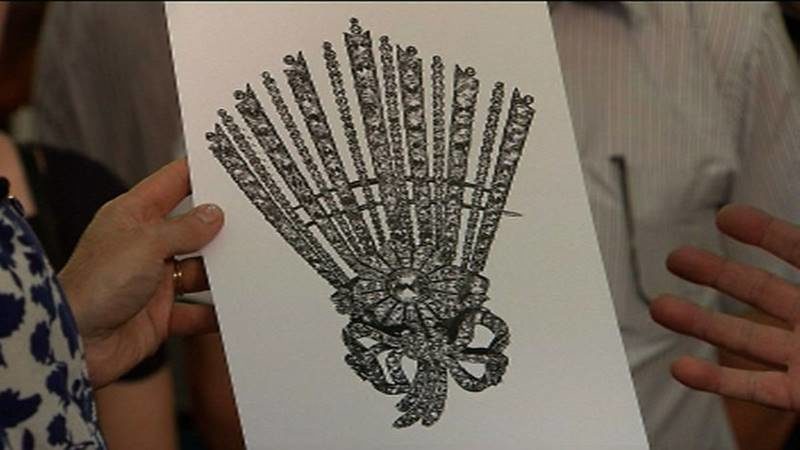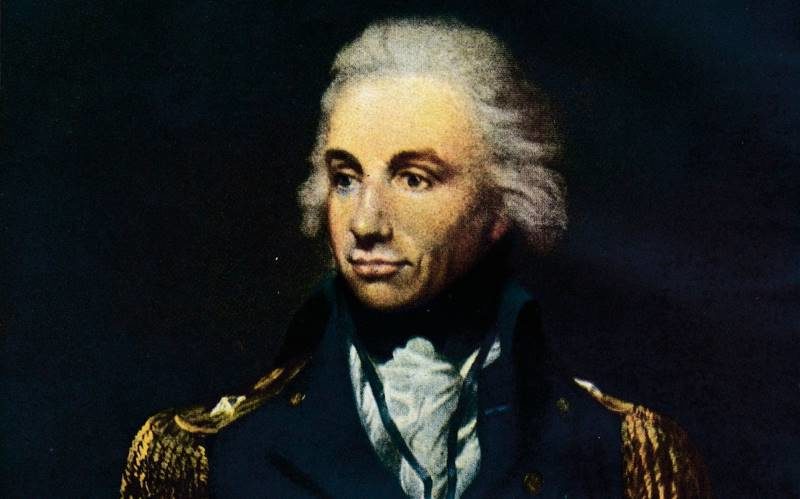
But Admiral Lord Nelson's facial scarring and missing eyebrow will now be presented in all their glory, after the the discovery and painstaking restoration of a "lost" painting, which included the removal of paint that had covered up to maritime hero's blemishes.
Part of a series of portraits of the famous admiral painted by Italian artist Leonardo Guzzardi in 1799, the painting was last publicly seen in a newspaper article in 1897.
The painting was rediscovered from an American private collection by art dealer and presenter of BBC programme Fake or Fortune, Philip Mould. On discovering the painting, he found Nelson's missing eyebrow, and some of the scarring he sustained at the Battle of the Nile in 1798 had been painted over.
The injuries to the Royal Navy's most famous hero were caused by flying metal during the battle and were a crucially significant part of Guzzardi's original characterisation than many later portraits. Mr Mould, who brought the painting back to England for restoration, said: "This was like reversing plastic surgery to reveal lost history. "Seeing the scar emerge was a remarkable moment - Nelson the human replaced the more heroic projection.
"It was not uncommon for unsophisticated restorers in the last century to believe they were 'improving' original works with their own paintbrush, only to disguise their authenticity and distinction in the process."
The painting was owned by collector Alfred Morrison, who also possessed the celebrated correspondence between Nelson and his mistress Lady Hamilton.
It will now be displayed at Philip Mould & Co's gallery in London from Monday and is on sale for an undisclosed amount.
Alongside the painting, a recreation of the diamond chelengk, a form of military decoration, which adorns Lord Nelson's hat in the picture will also be displayed. The original was stolen from the Royal Maritime Museum in 1951. The Battle of the Nile, also known as the Battle of Aboukir Bay, was a major naval battle fought between the British Royal Navy, led by Lord Nelson, and the Navy of the French Republic at on the Mediterranean coast off the Nile Delta of Egypt.
Bonaparte sought to invade Egypt as the first step in a campaign against British India, which was part of a wider ambition to drive Britain out of the French Revolutionary Wars.
Lord Nelson led to British fleet to a decisive victory, which was the climax of a naval campaign that had ranged across the Mediterranean during the previous three months.
The battle reversed the strategic position between the two nations' forces in the Mediterranean and entrenched the Royal Navy as the dominant naval force, which it retained for the rest of the war.
It also encouraged other European countries to turn against France, and was factor in the outbreak of the War of the Second Coalition.
Lord Nelson's victory was widely celebrated and he was proclaimed a hero. His captains were also highly praised, and went on to form the nucleus of the legendary Nelson's Band of Brothers.






Reader Comments